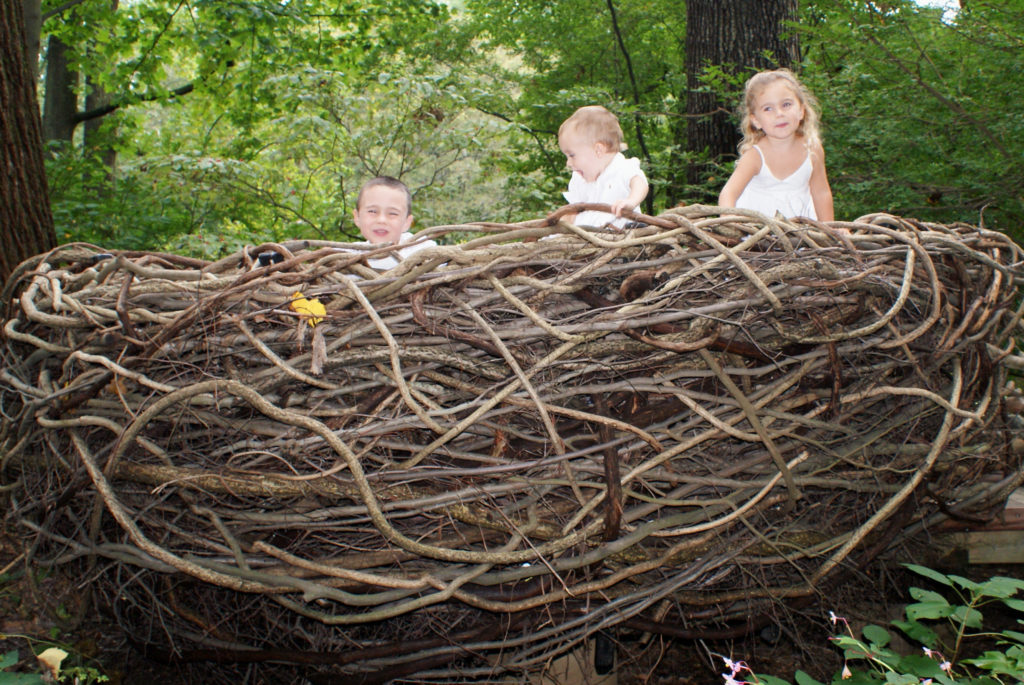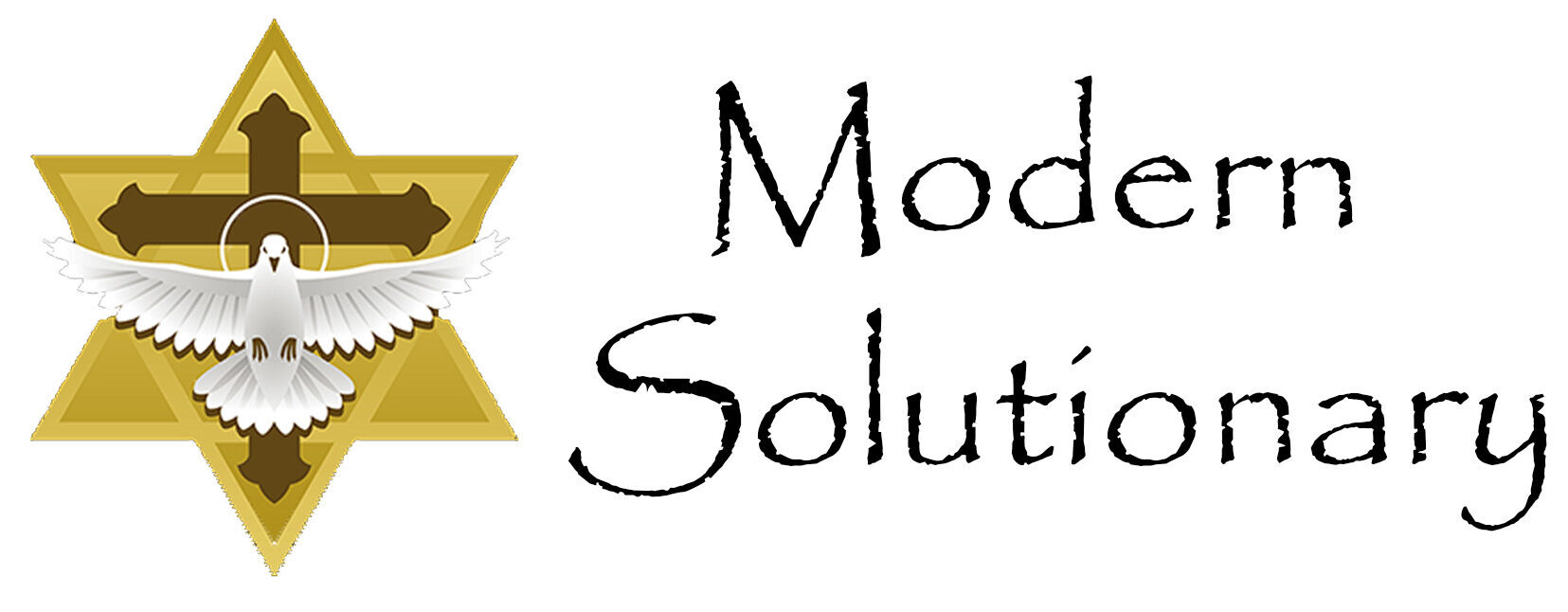
It can be said, that our families form us in many ways. As children we depend on our parents or guardians to provide safety, shelter and comfort. These first teachers are charged with the responsibility of preparing us for when we are no longer dependent upon someone else. This home environment and the lessons learned there will develop our personal, professional and spiritual personas; the basis of who we are and who we become in society. This is how important the nest we create is to all of man-kind.
Many animals depend on and instinctively build nests. The human animal does as well. We might not like to think of ourselves as animals but the truth remains. Human nesting is commonly called our home. Some of us nest for years in the same place while some practice a nomadic lifestyle. Those viewed as nomads, still create a nest wherever they stop, even if it is only for the night. When we study these nesting animals, we find only three reasons they share in this practice; safety, shelter and comfort.
What I find most interesting about nesting is that it is biological, ecological and sociological. Our home is where we raise our children which is a biological process. It is ecological as it relates to the environments we create and the relationships between the living things in our lives. Unlike other animals, our home is also the center of our social circle making the act of nesting sociological in nature.
Biology, ecology and sociology all encompass human health and the environment’s effect on how we live. Health takes into consideration our mental, physical and spiritual well being. A number of characteristics of a healthy environment is controlled by the family. During the Coronavirus pandemic it became clear that our home, country and the entire world became a very small yet connected place. We are all in this together!
Unless you studied ecology, I am not sure how many of you know about the Law of Symbiosis. It is a very interesting law that happens all around us every day of our life. The word symbiosis actually means “together life”. The law refers to the three types of relationships organisms share that live in close approximation to one another; often one cannot live without the other. In extreme cases, one organism actually lives inside the other organism. This law is the basis of ecology; the study of living organisms and their environment and as you can tell, it is uniquely Powered by the Wisdom of Three. The relationships are:
- Parasitism: the parasite benefits and the host are harmed.
- Commensalism: one species benefit, the other is neither hurt nor helped.
- Mutualism: when both species benefit.
During the time of being sequestered at home due to the pandemic; in a family environment we see all three of these “isms” as an evolution from one to another. From a leadership perspective, let’s examine each separately as they pertain to a parent’s relationship to the children; especially during times of reflection.
Parasitism is often viewed as a negative way to live life because of the harm the parasite brings to the host organism. Many times in life the host organism knows the parasite is harming them but graciously allows the relationship to continue. I can site hundreds of cases where a parent selflessly gave their all for the children. When the children are young this is totally understandable and a very natural occurrence. It is only when the child becomes older and knowingly “feeds” off the parent’s generosity does this affiliation become a negative situation.
As the child matures into adolescence the relationship should become one of Commensalism. The child should benefit from the parental support and developmental guidance while the parent is made whole through the results of these efforts. From their perspective, the father and mother are enriched to be able to be a part of the fulfillment of their child’s needs and the rewards are great on many levels while the detriment can and should be minimal.
Once the child has matured into an adult, the relationship should have reached a healthy state of Mutualism. The child and the parents both benefit from each other’s existence without harm to either. It is here that the parents can observe the start of a new cycle of relationships and the continuation of their legacy. The child takes the lessons learned in their childhood family life, apply them in their own adult life while also passing them along to the next generation. The one time “parasite” now becomes a host to their own children; allowing the cycle of life to continue and thrive.
Science continues to prove the Power of the Wisdom of Three. Through this Wisdom of Three, we find the blueprint that we need to solve our family problems, even during trying times. The term symbiosis, together life, is the explanation of the steps that a Solutionary should take in order to teach others the problem-solving truths of family life.
For everyone who selflessly leads another along their life’s journey, shout out the motto; Together Life.
If this is my last post, I want all to know there was only one purpose for all that I have written; to have made a positive difference in the lives of others.
Anthony “Tony” Boquet, the author of “The Bloodline of Wisdom, The Awakening of a Modern Solutionary”
